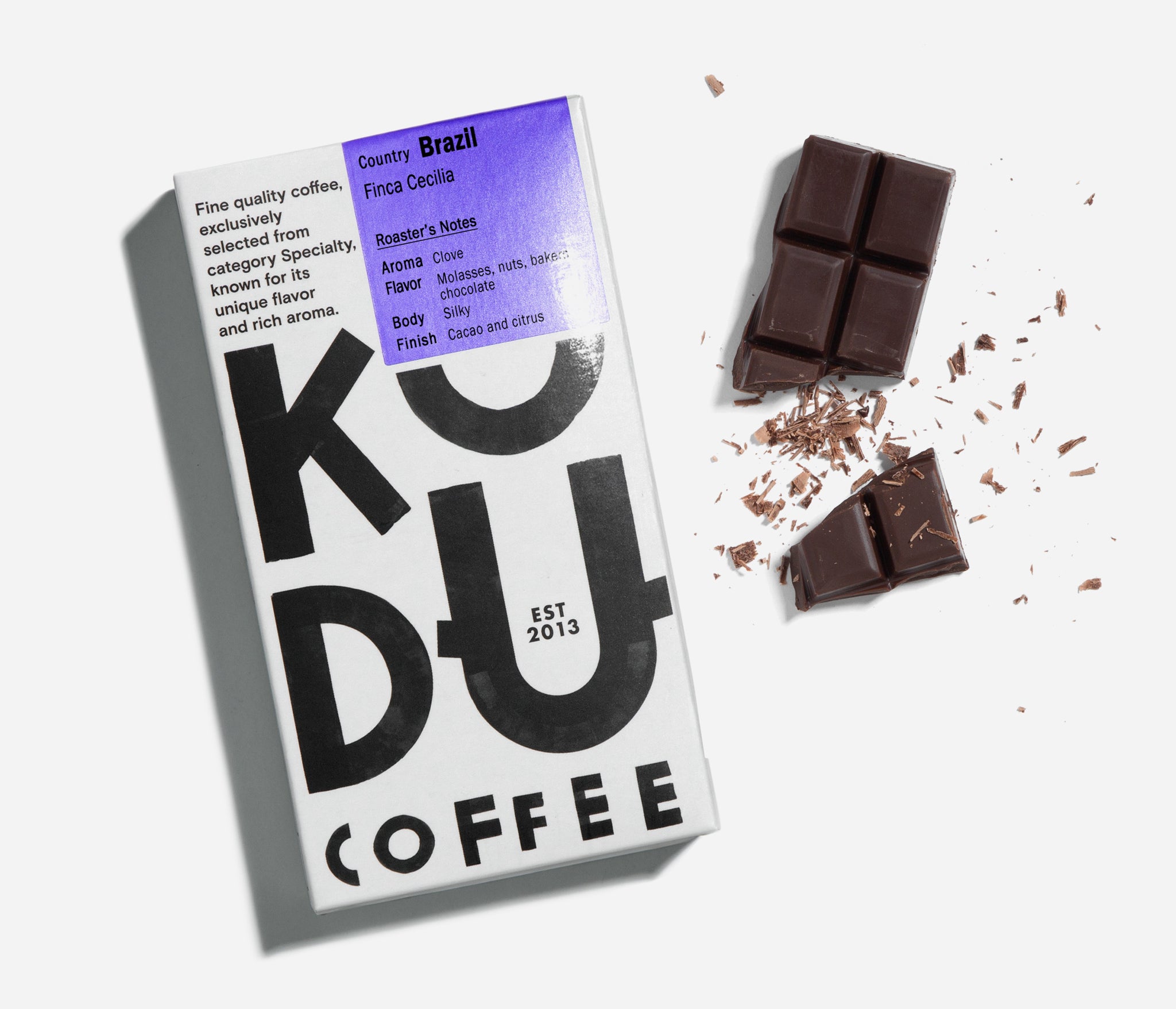How is decaffeinated coffee produced?
Coffee is known to be the most popular beverage in the world. The caffeine it contains, in addition to the taste and aroma, gives energy and rejuvenation. But there is also a percentage of people for whom coffee is more of a purely tasty pleasure and an accompanying drink than a necessity. At the same time, it has been noted that caffeine can be annoying to some people's stomachs and nerves. So for them, decaffeinated is the best choice. When we talk about decaffeinated, we mean coffee that contains minimal caffeine, but this does not mean that its percentages are negligible.
This is good to know as the meaning of the term is easily misinterpreted.
Things you need to know about decaffeinated coffee:
And now that you have all the information about decaffeinated coffee, what about a cup of DECAF 100% ARABICA?
This is good to know as the meaning of the term is easily misinterpreted.
Things you need to know about decaffeinated coffee:
- The biggest challenge is to be able to separate caffeine from the coffee beans, without affecting the other chemicals. This may sound easy, but it is not, as coffee contains about 1000 chemicals. Their role is particularly important for its final taste and aroma.
- There are many different ways to turn a coffee into decaffeinated coffee. Here we will see the 3 most famous. The result of each one is the different final taste, as caffeine is the substance that gives the drink its taste.
- Direct Method or Roselius Method:
- Indirect method:
- Water Process:
And now that you have all the information about decaffeinated coffee, what about a cup of DECAF 100% ARABICA?



